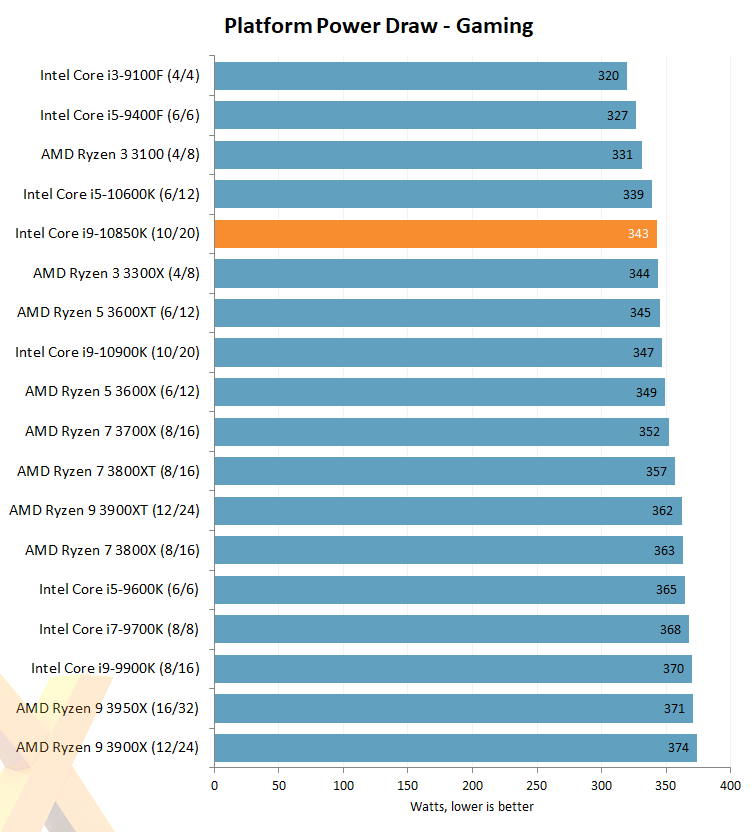This is why im really failing to get excited at the moment. Keller left Intel quickly and seemingly under slightly odd circumstances which is also slightly concerning, you hope we see some of his best work but I wouldn't be surprised if the premature exit could have been around him not being given the flexibility within his position to do his best work. I hope I am wrong on everything I say but genuinely how it looks right now id be surprised if we see anything special out of intel before 2023/2024 unless of course they find some momentum and start executing.
Yep, Keller leaving Intel as quick as he did tells peeps a lot more when they actually think about it. In fact, Adored TV did an inside video on the way that Intel actually works. One of the most striking things i remember from it was that very few people that "work" for Intel, actually work for them at all. Most are contract employed or are zero hour employed. None of those people would have any "yearning" to actually come up with innovative ideas, and in fact that came across loud and clear on the video. I'm not talking about factory workers, but peeps that work in R&D, engineering and software. These sort of posts need motivated, dedicated and well paid people to drive any company forward. It seems obvious to me that Intel has ignored these guiding principles for years and years. Maybe Keller thought Intel would be as innovative as AMD and drive things forward as well, it looks to me as if he found the exact opposite and just decided "sod it, i'm off"




